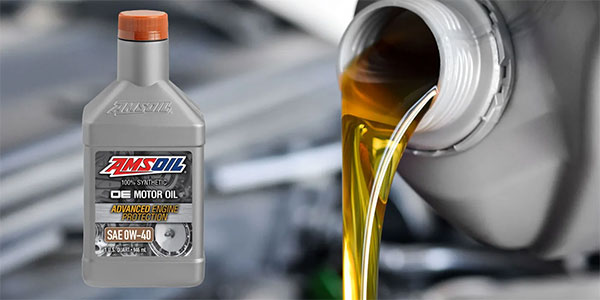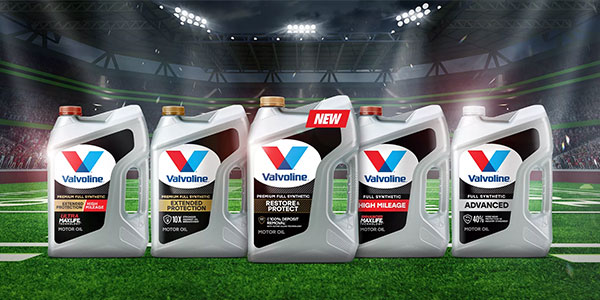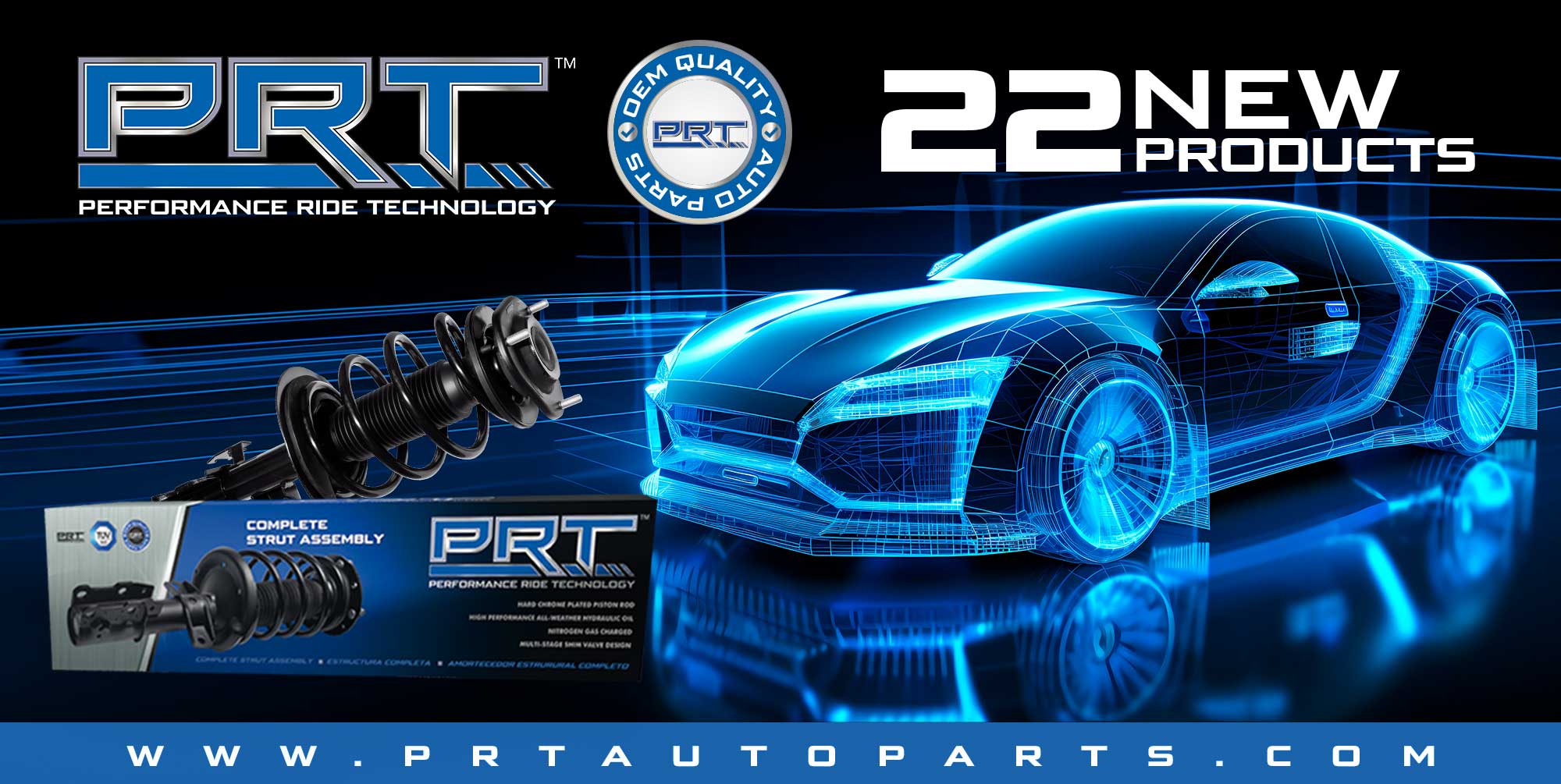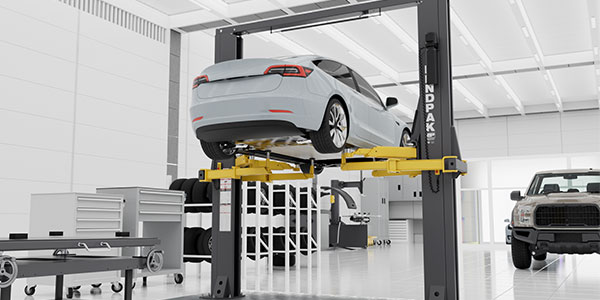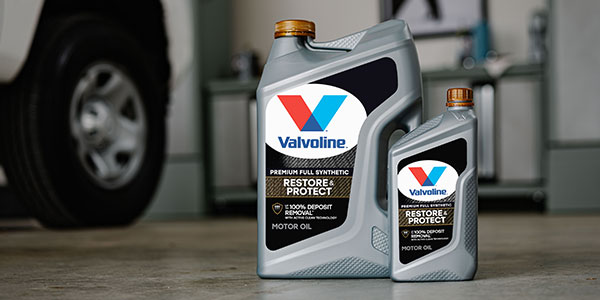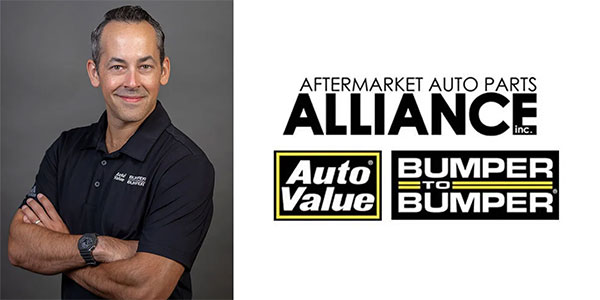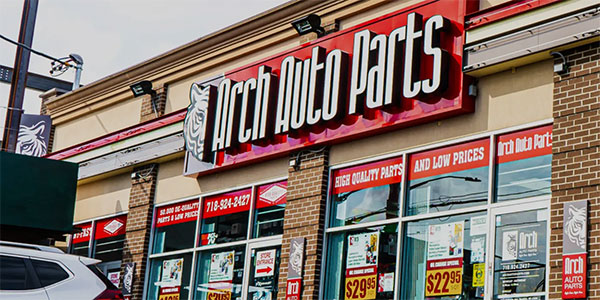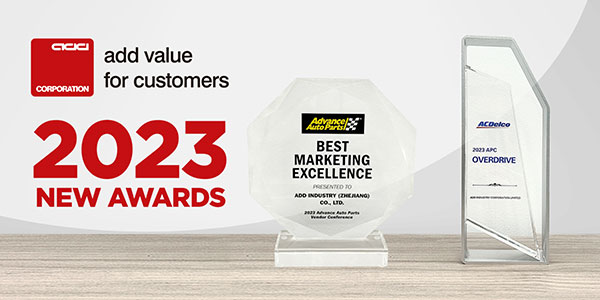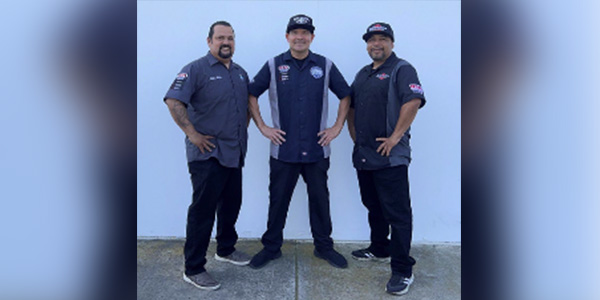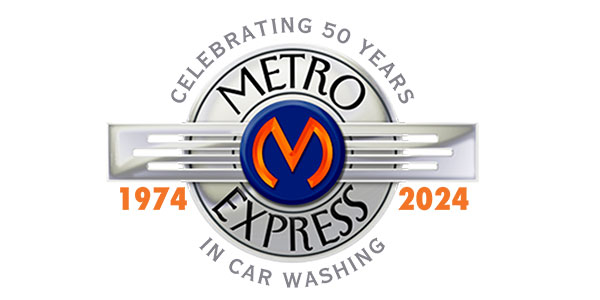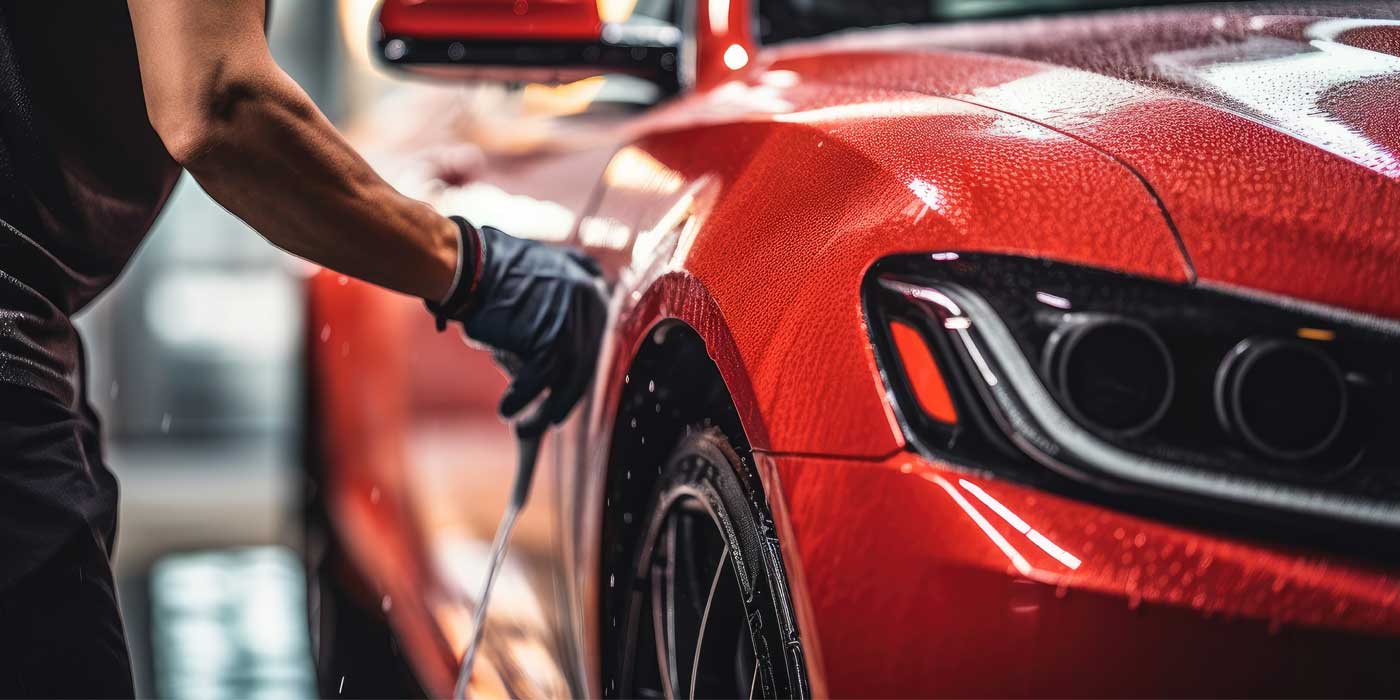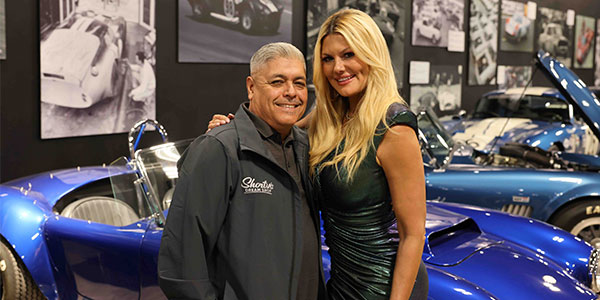To clay or not to clay
Most operators would agree it is impractical to offer clay service as an express detail service because it simply takes too long. As we know, claying the car removes paint surface contamination that does not come off with normal washing. Such contamination includes environmental fall-out, rail dust or iron oxide deposits, paint overspray and any of a myriad of other tiny particles that attach themselves to the paint over time.
A common symptom of surface contamination is a rough feeling on the paint even after washing and waxing. The solution is to use some kind of contamination removal system, and the industry standard for decades has been the use of detailer’s clay — that Play-Doh-looking rectangular block of plastic resin. Those familiar with the use of detailer’s clay know it takes a long time, is tedious and expensive.
After claying the vehicle it must be wiped down and waxed. So until now, claying and waxing a car has been an impractical offering as an express service because it takes too long with one or two technicians or requires a small army of labor to provide within the 15-minute delivery time.
Solution — A new surface contamination removal system has been around for a few years now but is still unknown by many. This tool, called a “surface prep device,” consists of a polymerized rubber coating applied to one side of any number of devices including a microfiber towel, a foam pad or a microfiber wash mitt. This polymerized rubber acts similarly to detailer’s clay in that rubbing it across the paint surface, lubricated with an appropriate spray-wax, will remove almost all the surface contamination from the paint.
Those with experience with detailer’s clay know that a piece dropped on the ground must be thrown away; otherwise it will scratch the car because it grabs grit from the ground. Also, the piece of clay typically has only a few square inches of available work area, making claying a complete car a time-consuming prospect.
The surface prep device, on the other hand, can offer the user 50 square inches or more of working area, making the process faster. If the surface prep device is dropped on the ground, it just needs to be rinsed off, and it’s ready for continued use. High-quality surface prep devices can last for hundreds of vehicle applications with little diminishment in effectiveness.
At this point you might be thinking, “That’s great, but I still have to wax the car after using your fancy ‘surface prep thingy’!” Here’s part two of the solution: New, high-impact, high-quality, spray-on lubricants are available for use with the surface prep technology. The active ingredient in this new breed of spray wax is a polymer resin similar to those used in highly-touted polymer paint sealants.
The use of a high-quality, spray-polymer lubricant in combination with a high-quality surface prep towel or mitt allows a detail technician to clay and wax a car within 15 minutes. Since the lubricant leaves a phenomenally silky smooth surface, the car needs only to be wiped down with a couple of clean microfiber towels. Spray-polymer has sealant-like durability, so no additional waxing step is needed — the protection is already there.
As with all express services, this service should be sold only to customers who have vehicles appropriate for the service. These would be newer cars or those with mild accumulations of surface contamination, which can be quickly and thoroughly removed in 15 minutes with the new technology.
Inappropriate vehicles have been parked near industrial sites for years or have been coated with paint overspray. In these cases it is often best to go back to the two complete steps using heavy-duty detailer’s clay and polishing and/or waxing the paint. This can be accomplished by the trained technician, but will take a couple of labor hours that cannot be compensated by traditional express prices.
Here’s the best part of the spray-sealant/surface prep device combo: Since you are effectively claying and waxing the vehicle in the same 15-minute service, you should be able to charge at least twice the amount of a traditional express hand wax service.
Click here to read more on this topic.


